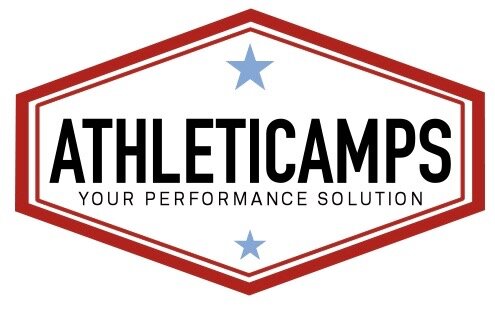The all-important "hip angle closed" in your triathlon fit
/Utilizing Retül 3D motion technology provides a lot of "numbers", but perhaps one of the critical data points in triathlon bike fitting is the hip closed angle measurement, also known as hip angle or hip flexion angle.
This measurement refers to the angle between your torso and your thigh while you're in the aero position on the triathlon bike.
Here's why it's important:
Aerodynamics: The primary goal of a triathlon bike fitting is to optimize aerodynamics. A more closed hip angle can help you achieve a lower and more streamlined position on the bike, reducing wind resistance and allowing you to cut through the air more efficiently. This can lead to increased speed and improved overall performance.
Comfort and Efficiency: While aerodynamics are crucial, it's also essential to balance them with comfort and efficiency. A hip angle that is too closed can lead to discomfort and decreased power output. If your hips are excessively closed, it can limit your ability to generate power from your hips and glutes, which are critical muscles for cycling.
Run Transition: Triathletes need to consider the transition from the bike to the run. A hip angle that is too aggressive on the bike can lead to stiff hip flexors, making it challenging to transition into an efficient running posture immediately after dismounting the bike. Striking the right balance in your hip angle can help you smoothly transition into the running portion of the race.
Injury Prevention: An excessively closed hip angle can put strain on your lower back, hips, and hamstrings over the course of a long ride. This strain can lead to discomfort and potential injury. A proper hip angle can help distribute the load more effectively and reduce the risk of overuse injuries.
Individual Variability: It's important to note that the ideal hip angle can vary from person to person based on factors like flexibility, body proportions, and riding style.
In conclusion, the hip closed angle measurement is a critical consideration in a triathlon bike fitting because it directly affects your aerodynamics, comfort, efficiency, power production, transition to the run, and injury risk.
Come work with Athleticamps to assess your unique needs and make the necessary adjustments to optimize your hip angle for both performance and comfort during racing and training.



